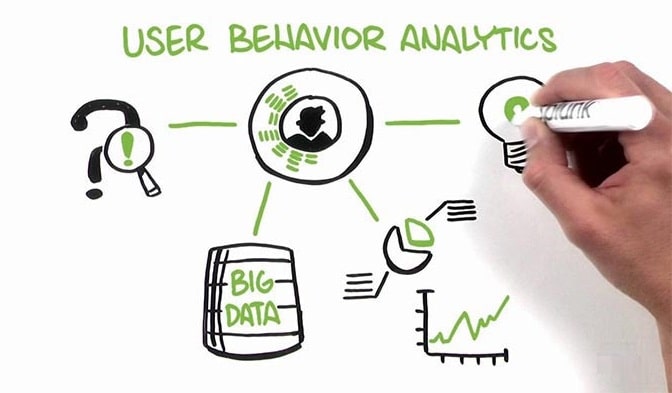
Understanding Behavioural Analytics for Enhanced Security
Understanding Behavioural Analytics for Enhanced Security
Behavioural analytics is an advanced approach to security that involves the analysis of patterns in human behaviour to identify potential threats. It relies on data derived from video surveillance, access control systems, and other sources to detect unusual or suspicious activities in real-time. By utilizing machine learning and AI algorithms, behavioural analytics can identify abnormal behaviour patterns that may indicate a security threat, allowing for quicker responses and better-prepared security teams.
What is Behavioural Analytics?
Behavioural analytics uses data-driven algorithms to analyze and interpret patterns in the behaviour of individuals within a monitored space. By comparing real-time activity with historical data, these systems can identify anomalies that might signal an impending security breach, such as a person attempting to access a restricted area or acting suspiciously.
How Behavioural Analytics Improves Security:
1. Suspicious Activity Detection: By monitoring the movement and behavior of individuals in real time, behavioural analytics can detect suspicious activities such as loitering, tailgating, or unauthorized access attempts. These systems can alert security teams, allowing them to respond promptly before an incident escalates.
2. Facial Recognition and Access Control: AI-driven facial recognition systems integrate behavioural analytics to compare individuals’ faces with databases of authorized personnel. If someone unauthorized tries to gain access, the system can send an immediate alert.
3. Crowd Behaviour Monitoring: Behavioural analytics can also be applied to monitor the dynamics of crowds in public spaces. If the system detects signs of unrest or unusual movements, such as a large group suddenly gathering or people pushing, it can alert security personnel to intervene before a potential situation escalates.
Benefits of Behavioural Analytics in Security
1. Real-Time Threat Detection: Behavioural analytics systems can identify and respond to threats much faster than traditional security systems. For example, if an individual attempts to bypass a security checkpoint, the system can immediately alert security officers.
2. Increased Accuracy and Efficiency: AI-driven analytics reduce human error, ensuring that suspicious activities are flagged with greater precision. Security teams can focus on responding to genuine threats instead of spending time reviewing footage or conducting manual checks.
3. Predictive Capabilities: By analyzing historical data, behavioural analytics systems can predict potential risks, enabling proactive measures. For example, if a certain pattern of behaviour has historically preceded a security breach, the system can flag similar patterns in real-time and alert personnel.
Conclusion
Behavioural analytics represents a major advancement in the way security teams monitor and respond to potential threats. By leveraging AI and machine learning to analyze human behaviour, organizations can detect and address security breaches before they escalate. As these technologies continue to improve, behavioural analytics will play a critical role in maintaining a proactive and effective security environment.




